Fashion styles in the 19th century
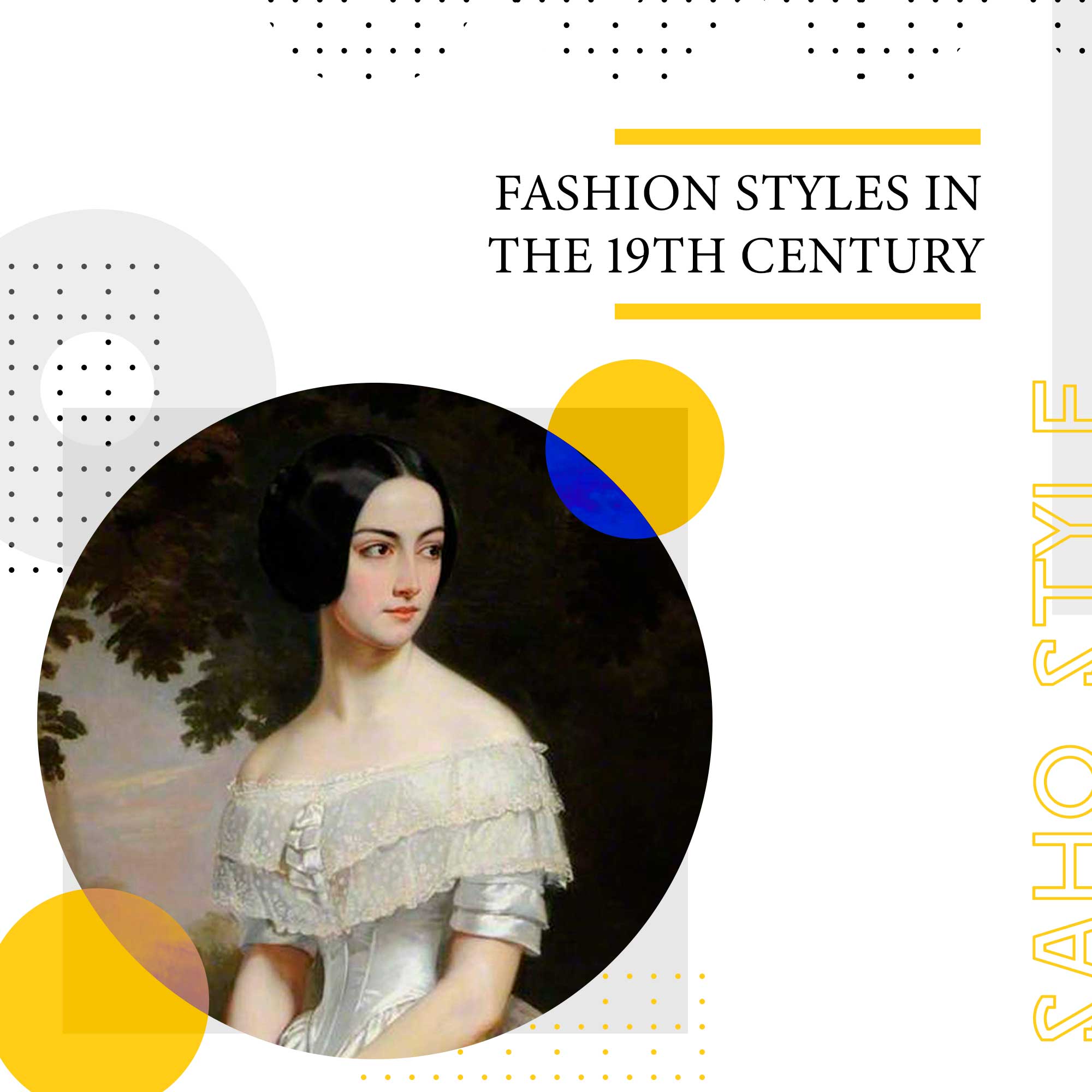
The 19th century was a period of tremendous change and rapid social and cultural progress, where society and culture are constantly changing with the passage of time.
19th-century fashion strongly reflected the technology, art, politics, and culture of the time, greatly influencing styles and silhouettes.
For women, the fashion was a whimsical and extroverted display of feminine silhouettes with cinched waists and flared skirts that went out of fashion and heavily embellished dresses. For men, three-piece suits were designed to be useful in business as well as sporting activities.
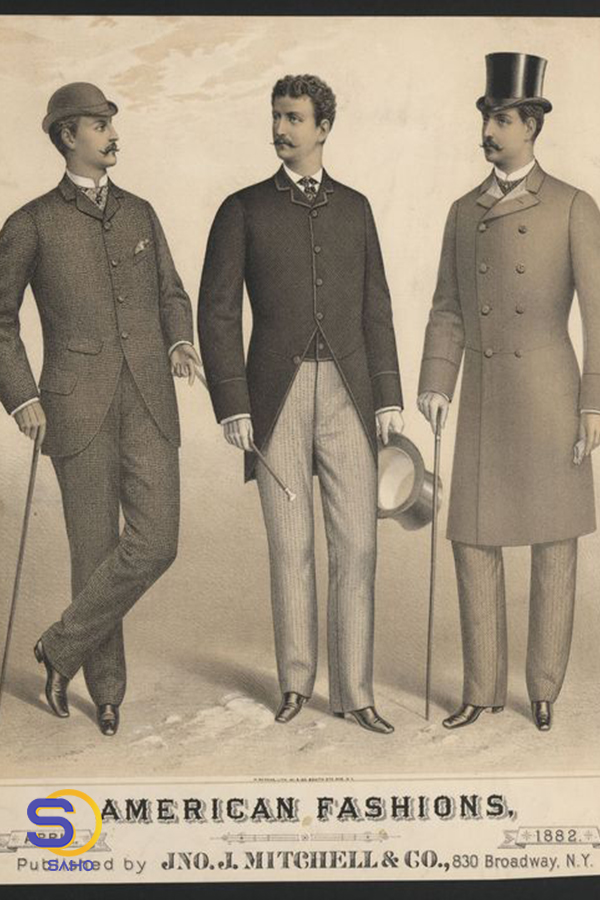
Fashion and clothing styles have changed over the ages. However, not all fashions are obsolete. Many old trends in clothing have been revived and are still followed today. This article is an exploration of 19th-century styles and how they still influence modern fashion. This article is divided into four parts based on the time period.
1830-1800: Stockings
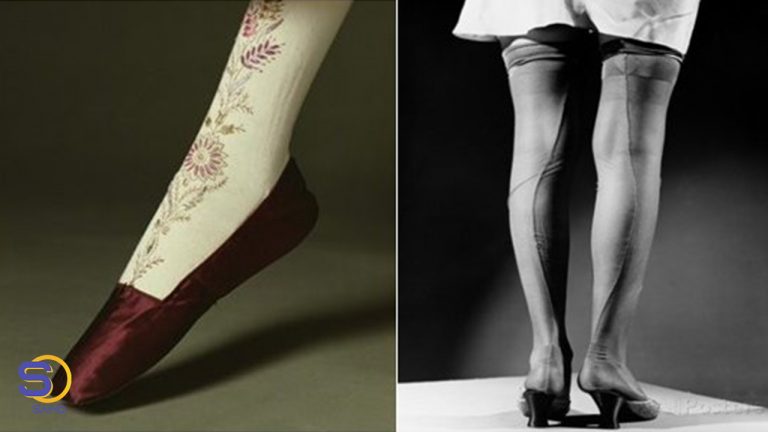
Women’s stockings made of silk, embroidered and covered for the ankle from 1805 (Kyoto Kuntum Institute), and silk stockings were worn in the 1950s.
This style was still formal in the early 19th century and was heavily influenced by French fashion. However, some items used over time are still used for formal wear among men’s and women’s clothing items. The women’s dress was formal and graceful with a high waist. It was during this period that the first long-awaited style entered Old Fashion, using the belt for the first time just below the bust line to reveal more pleats in the skirt. The underwear used today is reminiscent of a style that was developed in the early 19th century. For example, flesh-colored socks and socks worn under clothes.

They were used in the 1800s in the same way women use bras or panties today. A product that is still used in various forms in modern times. Stockings, stockings, stockings, etc. It helped to keep “female modesty” intact.
The main importance of stockings remains the same even today. In the early 19th century, stockings were worn by men on horseback. It wasn’t until the end of the 16th century that it became something that women could wear as underwear. However, in the early 20th century, with the rise of hemlines in clothing, the use of stockings increased again. Hence, stockings have been an important part of fashion since the early 19th century.
1865-1831: The Age of Crinolines
A wide ring crinoline used in the mid-19th century.

Modern use of crinoline in short skirts or evening dresses.
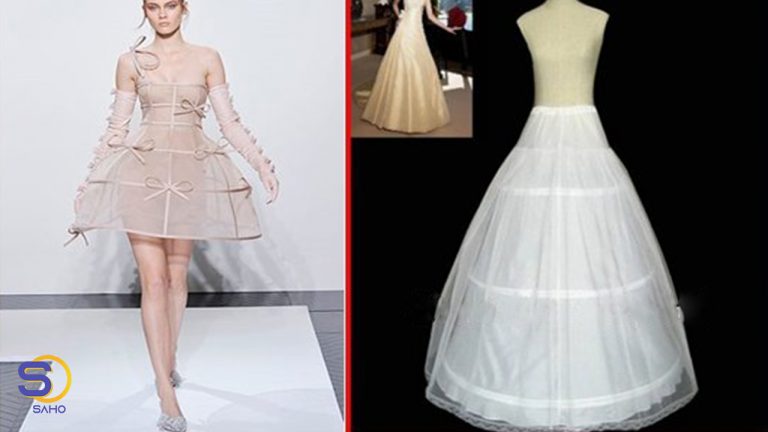
In the middle of the 19th century, the use of crinolines became popular. The appearance of the wide ring crinoline was a significant development for women’s fashion of the period. This ensured their freedom from the multiple coats they had previously had to wear to enhance their outfits. Wider rings made their waists appear narrower. This style evolved in the 1850s and the word crinoline means “stiff skirt”.
Modern adaptations of crinoline are often found in evening gowns and wedding dresses worn with a full flared skirt. However, in the late 19th century, the cage shape of the crinoline was modified with loops forming only on the back. This modified crinoline was called crinolet.


The cultural importance of crinoline is in showing off the beauty of women. Women’s waist was an element of beauty; the narrower the waist, the more beautiful it looked. So the hourglass body was emphasized by using corsets and crinolines, which helped create a small waist and bust, and hips.
Women’s hips were highlighted with crinolines that created a bell shape in the lower part of the woman’s body. In modern times, although crinolines are not widely used for everyday purposes, there is still an underlying insistence on a narrow waist. Hence, while a dress should be worn for a specific occasion, dresses are made keeping the original crinoline idea in mind, offering a flared skirt that accentuates the thinness of the waist.
1866-1900: The evolution of the men’s coat
A fine woolen breakfast coat from 1870 (Victoria and Albert Museum). And it’s a modern version of a good woolen coat.

Men’s fashion hasn’t changed much since the late 19th century. Little changes have been made in the style of men’s fashion. “Morning” is a classic example of the evolution of single-breasted jackets that are often worn today. These coats were also known as “riding coats”.
The design of these coats was a combination of a riding coat and a coat that was usually worn in the evenings. The cut of the coats was such that they fell gracefully from the back like a skirt. The morning coat, shown below, is an example of a coat that became fashionable in the 1870s and became known as the “college” or “angle front” coat (Victoria and Albert Museum).
The collar of these morning coats is cut at a sharp angle and the back of the dress is shaped like a jacket and is shaped to the waist. It was used to wear during the day for work or other informal activities. Describing a coat on display in the Victoria and Albert Museum, an extract from Manners for Men (1897) states: “For morning wear, a tweed suit coat or morning coat is correct.
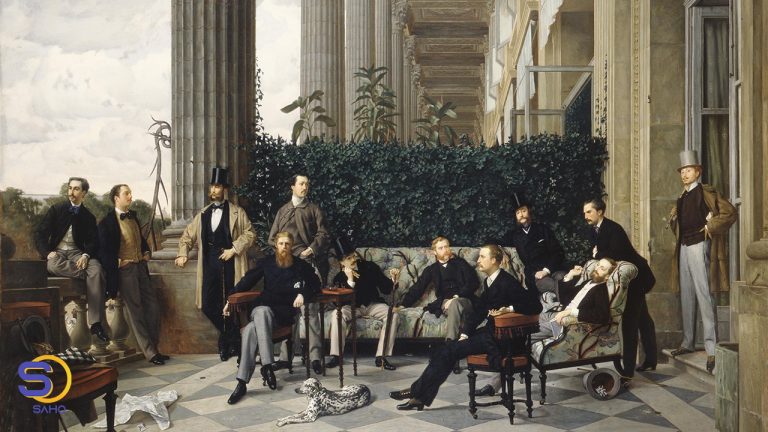
After lunch, when in town, the well-dressed man may continue to wear his morning coat or casual frock coat, with trousers of a clean, striped gray mixture. (Victoria and Albert Museum)
Men today wear similar coats, with more subtle collars, but following the basic design of morning coats. Like its previous models, the collar of the jackets is cut at a sharp angle and falls in the form of a skirt in the back.
1901-1919: Change to lighter swimwear
Swimwear 1910 (Hsueh)

This period was full of outstanding dresses that showed off a woman’s form. The clothing worn by the women boasted short breasts and very thin waists accentuated by tight corsets.
However, later the length of the skirt began to shorten and the ankles became visible. In the early 20th century, skirts were long and full. In the era after 1910 until the beginning of the First World War, the emphasis is on a flat chest and narrow hips. Women’s dresses no longer had the busty or train shape that was once considered fashionable. From 1914, with the start of the war, attention was turned to fashion, to design, and then to its materials.


The item discussed in this course is women’s swimwear. Swimming is a sport that has been popular in Western countries for a long time, however, women usually wore their normal clothes, which were cumbersome for the beach. However, in the early 20th century, there was a shift in popular swimwear designs for women, when fashion designers introduced looser, smaller swimwear, as shown in Figure 5. Obviously, this was a time when women’s swimwear was becoming shorter and lighter.
You can see this and similar contents on our Instagram page.
Saho Style on Social Media
- Instagram: @sahostyleinternational
- Youtube: SahoStyle



0 Comments